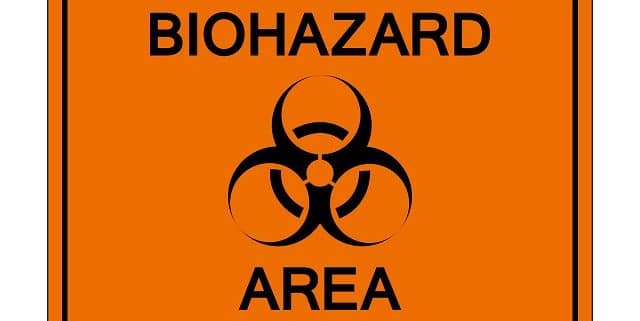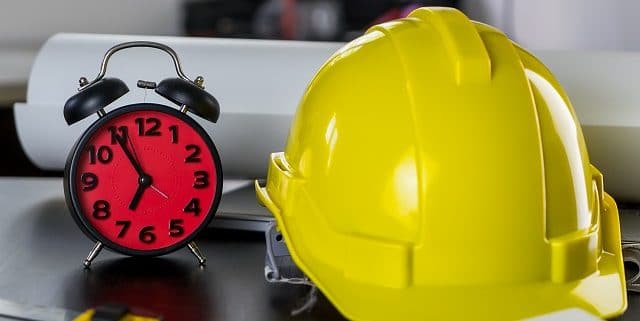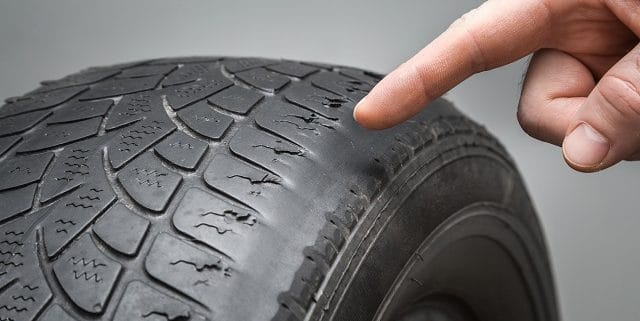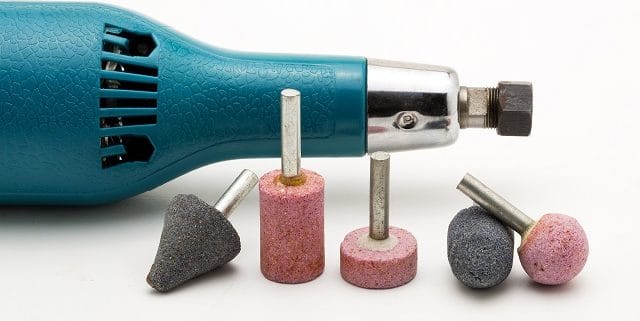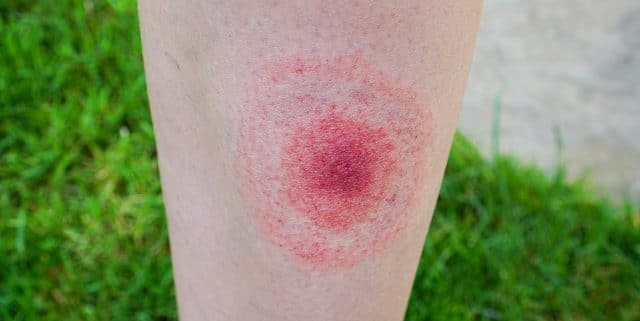Bloodborne Pathogens – Part 2
Use universal precautions. Always treat the situation as if the blood were infected. Make sure to wear the proper PPE for administering first-aid, not the same as your regular PPE but just as important if not more. This means gloves, face shield if needed, and use a pocket mask while ministering CPR. Housekeeping is a big one for steering clear of these microorganisms. Clean up after, make sure to disinfect anywhere the blood has touched and properly dispose of anything containing the blood. If cleaning glass or anything else sharp, do not use your bare hands, try a broom and dustpan. Remember to always act as if the the blood is infected.
If you have exposure from a cut, needle stick or splash, immediately wash and scrub with warm soapy water. If you have sustained an injury whether a cut or needle stick, press the skin to push blood outward. This will help less infected blood from entering your bloodstream.
Again, use universal practices of always treating the situation as if the blood were infected. This could save you from contracting any of these bloodborne pathogens. Remember to always protect yourself first before administering first-aid.


